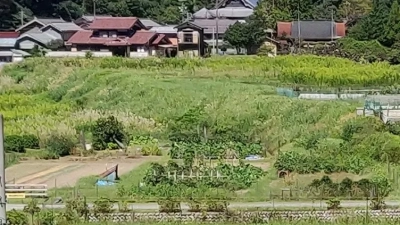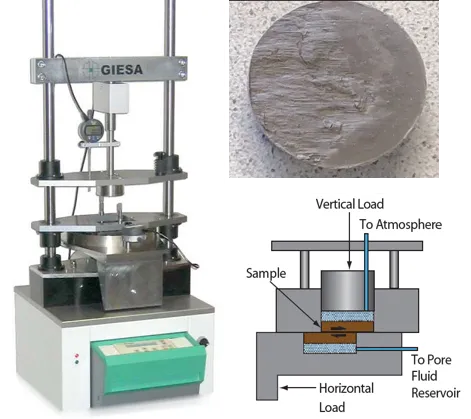- Home
- Our Research
- Natural and Environmental Hazards
- Earthquakes
Earthquakes
Large magnitude earthquakes remain one of the world’s greatest risks to human life, causing damage to infrastructure and economy in densely populated regions. The largest of these, including all recorded earthquakes with moment magnitude Mw of 8.7 or more, occur at subduction zones. Earthquakes on intercontinental regions do not reach quite as large magnitudes, but are still quite deadly and destructive, for example the 2009 L’Aquila earthquake in central Italy or the 2015 Nepal earthquake. Much is known today about the “where, when and how” of earthquakes in a broad sense, but the slip behavior of the shallowest portions of faults, which poses the most danger to society, should not be considered strictly “stable” and is difficult to predict. Because seismology and geodesy are observational in nature, there is also a need for an understanding of earthquakes, and all types of fault slip, as a geophysical process.
At MARUM, we use laboratory deformation experiments to simulate fault motion in order find meaningful ways to interpret field geophysical data, with the goal of improving earthquake warning and hazard reduction. In our laboratory we have developed protocols for simulating fault slip at shallow depths at truly natural conditions, including shearing at realistically slow speeds matching plate motions. With these tests we are able to simulate both ordinary earthquakes, and relatively recently discovered “slow earthquakes”.
Amongst the ongoing projects at MARUM include imaging studies on fault surfaces, to help connect geophysical and laboratory observations to the field, and also the incorporation of an acoustic measurement system to analyze seismic signals from the slip events we create in the lab. We are also focusing on the mechanical behavior of intact fault zone samples and surrounding rock, which not only influence fault behavior but are also crucial for investigations related to geothermal energy.




